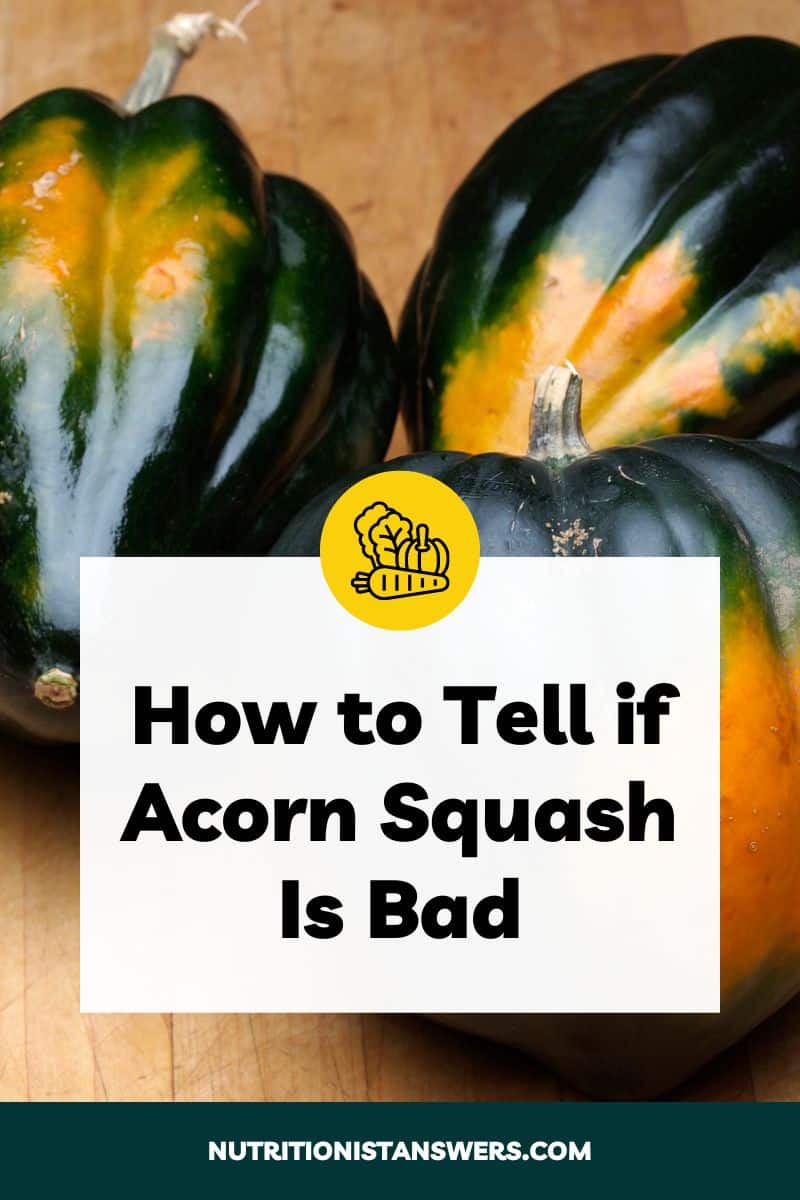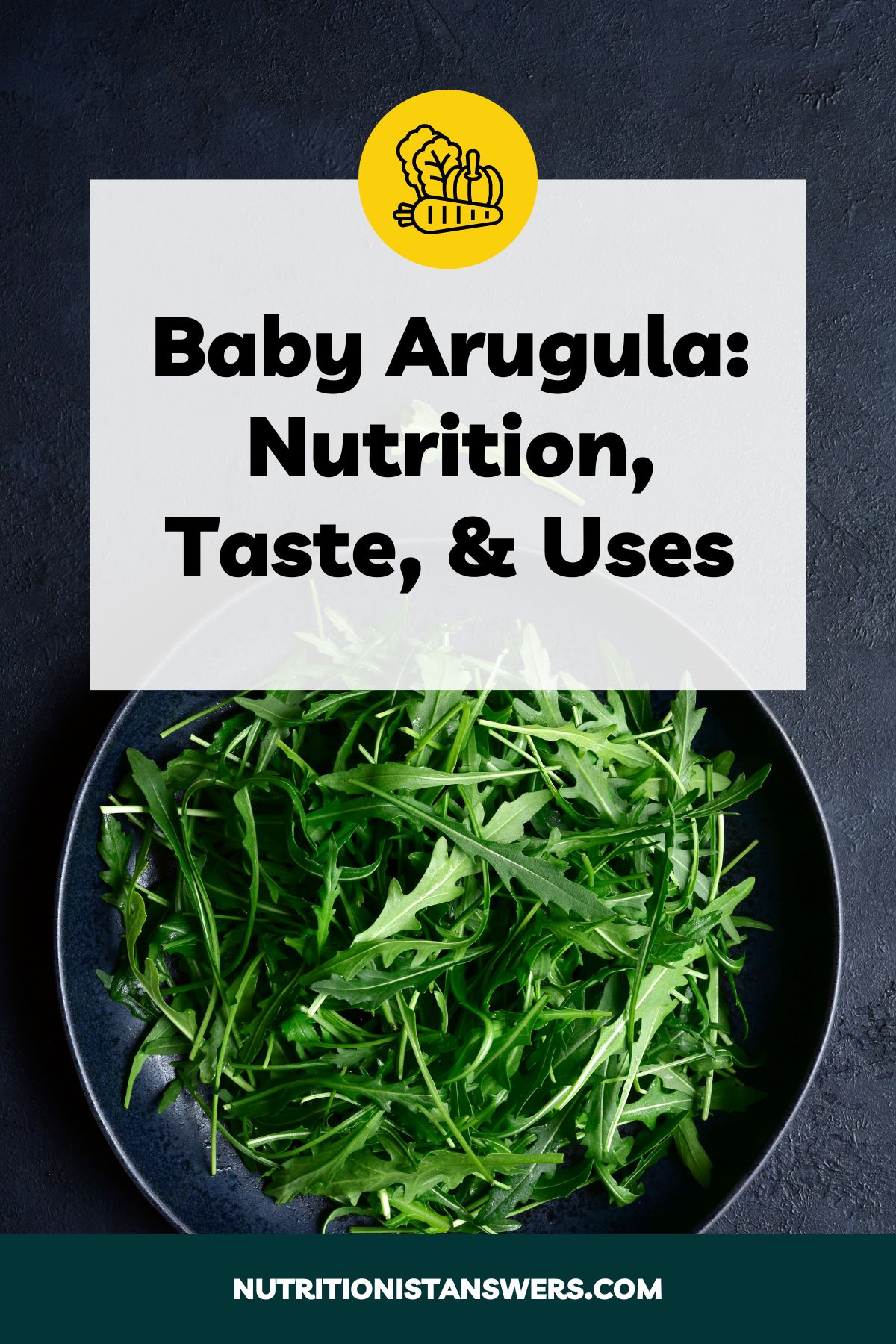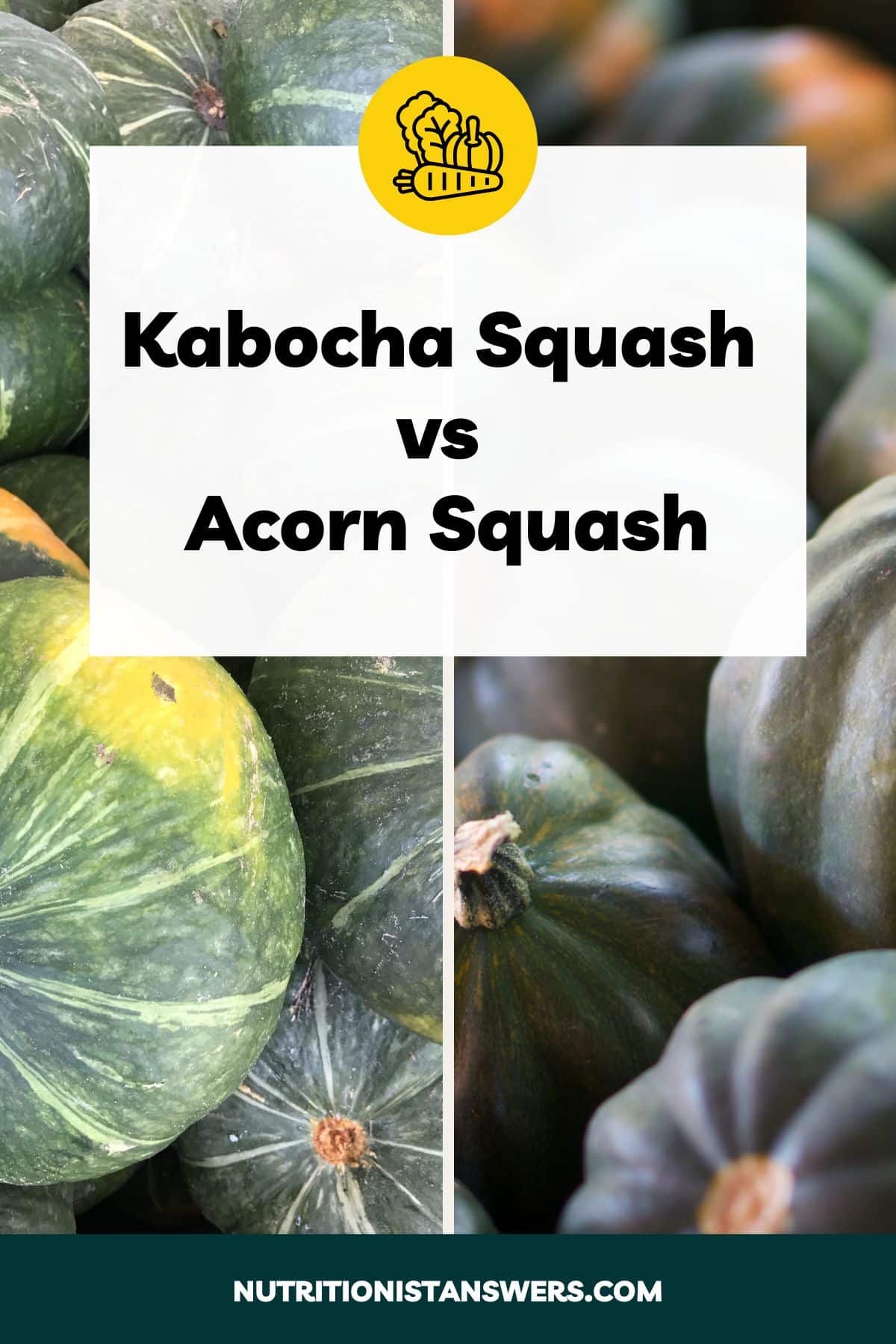Acorn squash is a type of winter squash with a long shelf life. If stored properly in a cool, dark, and dry location, it can stay fresh for 2-3 months.
However, it’s possible for acorn squash to spoil in as little as a few weeks, especially in warmer, more humid environments.
So how can you tell for sure if acorn squash has gone bad? Below, we’ve outlined 6 key signs to help you identify when it’s time to throw out your squash.
1. Skin discoloration
Most varieties of acorn squash have dark green skin with a small patch of bright orange on the side or bottom of the vegetable (1).
As the squash becomes overripe and starts to spoil, its skin may become dull and pale green, or it may turn partially or completely yellow-orange.
However, orange skin isn’t always a sign that acorn squash has gone bad — some varieties, such as gold acorn squash are naturally completely orange when ripe (2).
Overall, skin discoloration alone isn’t a sure way to identify whether or not acorn squash has gone bad. You’ll want to look for a combination of several of the other signs listed below.
2. Wrinkled skin
Acorn squash begins to dry out as soon as it is harvested and continues to lose moisture in storage.
When acorn squash loses too much moisture, it will develop wrinkled or shriveled skin and may feel significantly lighter than when it was first picked or purchased (1).
On its own, wrinkled skin doesn’t mean that acorn squash has gone bad and needs to be thrown out. The squash is still edible, but it may not be as moist and flavorful.
3. Soft spots
Acorn squash should have very firm skin that is difficult to puncture with your fingernail.
Soft spots are usually a sign that bacteria have begun breaking down the squash, producing enzymes that break down the plant’s cell walls in the process (3).
These soft spots tend to have an unpleasant taste, due to the waste products produced by the bacteria that cause them (4).
If the acorn squash has only a couple of small soft spots, you may be able to cut them out and salvage the rest of the squash.
However, if the soft spots are very large or accompanied by any foul odors, it’s probably better to throw the whole squash away.
4. Slimy flesh & seeds
If you can’t tell whether acorn squash has gone bad just by looking at it, you’ll need to cut it open and inspect the flesh and seeds.
Freshly cut acorn squash and its seeds should feel moist and slightly sticky. If they feel slimy or excessively wet, this may be a sign that the squash has spoiled.
Slime tends to develop when microorganisms have begun to break down the acorn squash into acids and other waste products (4).
If your acorn squash feels slimy, it’s probably best to throw it away.
5. Presence of mold
Acorn squash can develop mold, especially if it has been kept in a warm and humid environment for too long.
Mold that grows on food is easy to spot — it looks fuzzy and typically ranges in color from white to gray or green (5).
If you see a lot of mold on the surface of your acorn squash, it’s likely that the mold has invaded the flesh and seeds as well.
Even if there isn’t any mold on the outside, it’s possible for acorn squash to be moldy on the inside. Always slice it open to check for mold and other signs of spoilage.
Small moldy spots on acorn squash can be cut off, but if you see a lot of mold, it’s best to discard the entire squash (5).
6. Unpleasant smell
Smell is one of the most reliable ways to tell if acorn squash has gone bad, as bacteria tend to produce a strong, unpleasant smell when they break down the proteins found in food (x).
Fresh, whole acorn squash shouldn’t have much of an odor. As the squash begins to spoil, however, it may start to produce an unpleasant smell — usually musty or sour.
If your acorn squash has a strong smell that doesn’t seem right, it is likely spoiled and should be discarded immediately.
Final thoughts
To check if acorn squash has gone bad, first take a look at the skin. Dull-looking skin that has turned from dark green to pale green or mostly orange can be a sign of spoilage.
Other signs that acorn squash is past its prime include soft or mushy spots, slimy flesh and seeds, unpleasant odors, and the presence of mold.
If acorn squash is showing any of these signs, it’s best to err on the side of safety and throw it away.
Amy Richter is a Registered Dietitian Nutritionist based in Missouri. She is an experienced nutrition writer and medical advisor for Healthline and Medical News Today. Amy is passionate about all things food-related and enjoys translating complex science into easy-to-understand articles.





